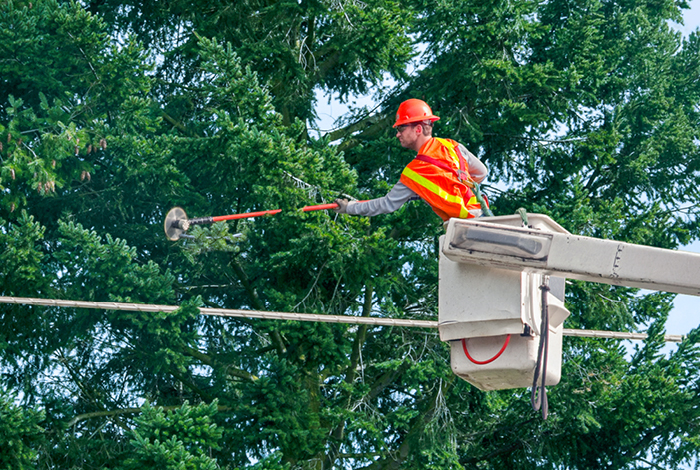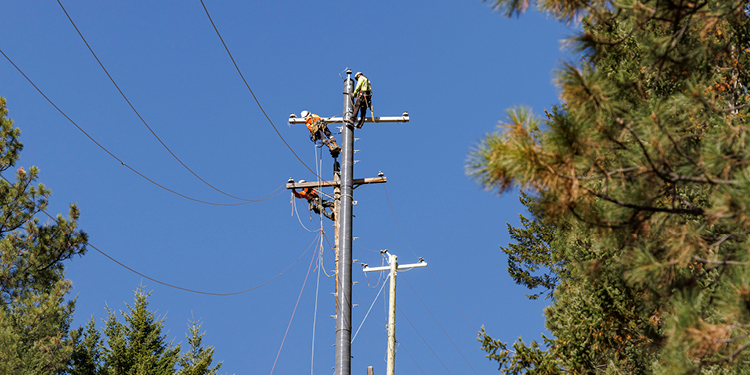Avoid utility line hazards: 4 expert tips for safe planting
May 9, 2025
Planting a tree can be an investment in the future—they may provide shade, improve air quality, and increase property value. But choosing the wrong tree or the wrong place to plant it can create safety hazards and lead to costly maintenance or even removal.
We asked a few experts for their top tips on safe planting practices to help protect you, your trees and your community.
Why tree placement matters
David MacInnis is one of our operations supervisors, and he oversees vegetation management programs. Vegetation refers to trees, bushes and invasive plant species that can create safety or maintenance issues for our gas lines, power lines and other equipment. Even if our equipment is on privately-owned land, it must be kept clear so it’s safe and accessible.
David works with crews that trim and remove vegetation near our equipment. Sometimes they have to cut trees and shrubs down if they pose a risk. This work can be upsetting for some homeowners. “People want their yard to look a certain way,” he says. “But if their trees or bushes are too close to our equipment, we’ll have to prune them, or possibly remove them.”
You spend time and money on your trees, so make sure you plant the right ones in the right places, so they don’t need to be drastically pruned or cut down.
David MacInnis, FortisBC operations supervisor, right of way vegetation programs
Learn more about our tree-trimming program.
Some risks of planting too close to utility lines include:
- Power outages and fire hazards – Trees growing into, or falling on power lines can cause outages and pose a fire risk.
- Damage to underground utilities – Roots can interfere with gas lines, electrical cables and other underground lines, increasing the risk of leaks or service disruptions.
- Blocked access for utility workers – Crews need space to inspect, maintain and repair equipment safely and efficiently.
4 expert tips for safe tree planting
- Know how far away you can plant to avoid issues with utility equipment
- David urges homeowners to follow our guidelines for safe planting near power lines, gas lines and padmounted transformers. Review the illustrations, measurements and height restrictions so you can plan your landscaping to avoid safety issues—and needing to have your trees pruned a lot, or even cut down.
- Click or call before you dig
- It’s easy to see where overhead power lines are and measure a safe distance away from them so you know where you can plant. But how do you know where underground gas lines and other buried utilities are?
- All the experts we spoke to emphasize this fact: before planting, you must click or call BC1Call. This free service contacts utility companies on your behalf to see if there’s any buried lines in your yard, and those utility companies (like FortisBC) will contact you with location information. If you need more convincing to take this important step, check out these cautionary tales about folks who didn’t click or call before they dug.
- Choose native trees that are a fit for your climate and yard
- Planting the right species can help ensure long-term safety and reduce maintenance. You want trees that won’t grow too tall and become a risk for falling onto or growing into power lines. You also want to choose trees that won’t be at risk of dying prematurely because they’re in the wrong climate or not getting enough sunlight or water.
- Not only are dead and dying trees a heartbreaking eyesore, they can also be dangerous: they’re at risk of blowing down onto power lines and gas lines, not to mention your house. And if they touch a power line, they may pose a fire risk.
- Which species should you stay away from? David recommends avoiding fast-growing tall trees like poplars, willows, and cottonwoods when planting near any utility equipment. As for which ones will do best in your corner of B.C., or on your unique property, see tip #4 below. But here are a few B.C.-native trees and shrubs to consider planting a safe distance away from a power line:
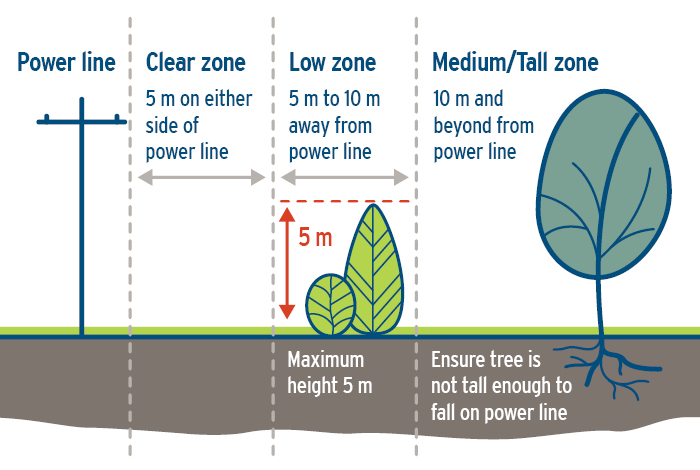
Clear zone: don’t plant anything within five metres of a power line.
Low zone: from 5 metres to 10 metres away from a power line:
- Pacific Ninebark – a large shrub with white flowers
- Kinnikinnick – a ground-trailing shrub with pink flowers and red berries
- Hussi Canadian Hemlock – a slow-growing dwarf tree
Medium/tall zone: 10 metres and further away from power line:
- Serviceberry – shrub or small tree with white flowers and red/purple berries
- Rocky mountain maple – a small, drought-resistant tree
- Bigleaf maple – a medium-sized, broad-leafed tree
- Whitebark pine – a small to medium-sized, slow-growing, long-lived tree
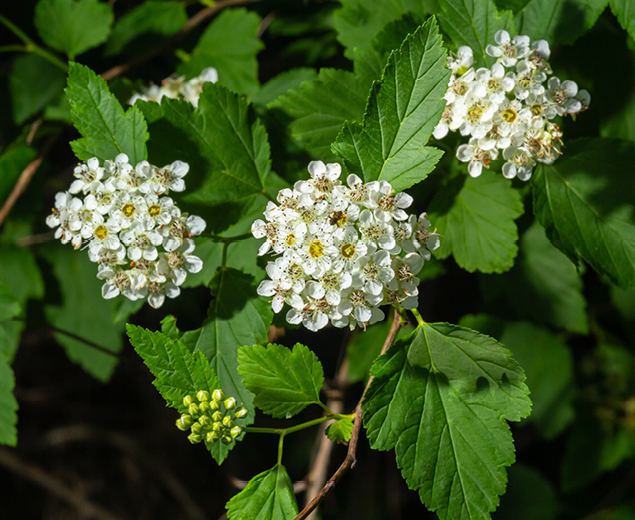
Pacific Ninebark — a large shrub with white flowers
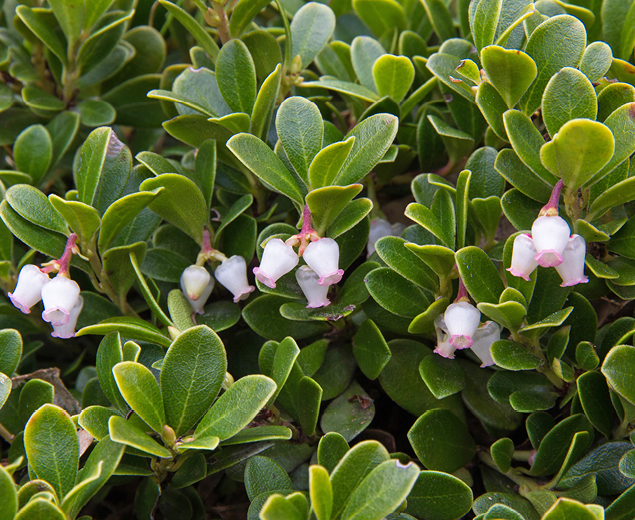
Kinnikinnick — a ground-trailing shrub with pink flowers and red berriess
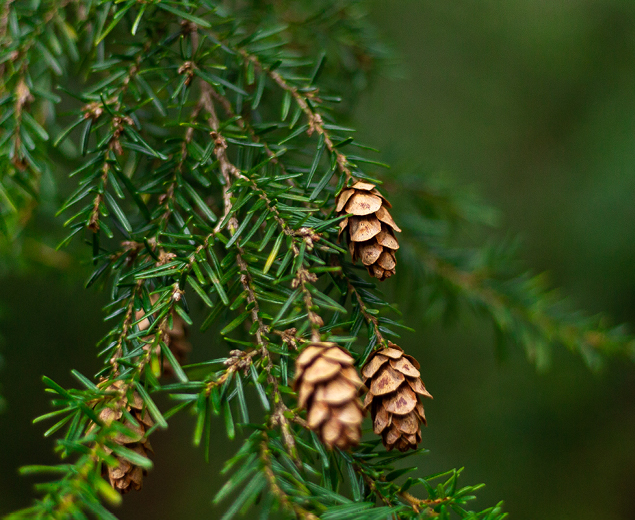
Hussi Canadian Hemlock — a slow-growing dwarf tree
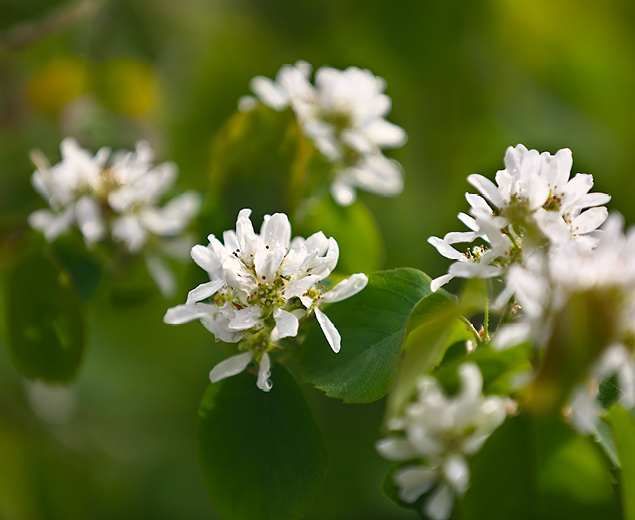
Serviceberry — shrub or small tree with white flowers and red/purple berries
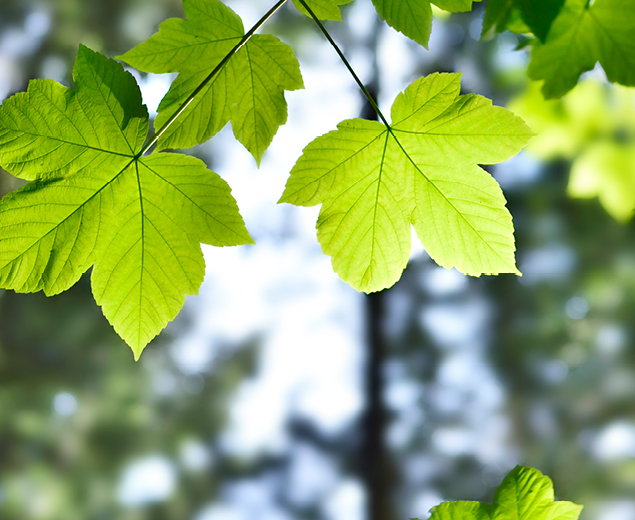
Rocky mountain maple — a small, drought-resistant tree
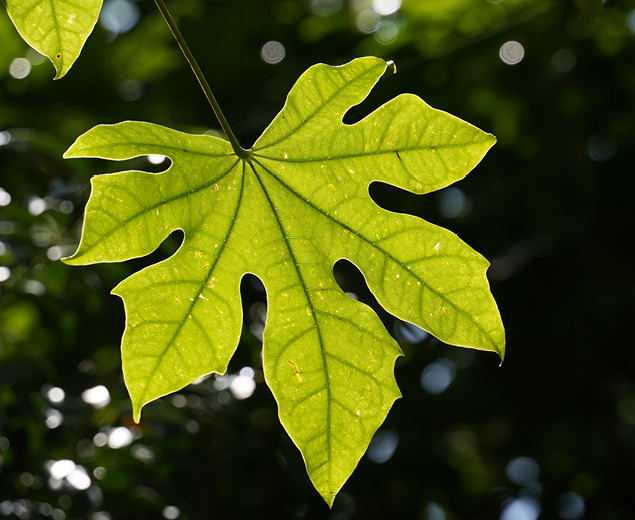
Bigleaf maple — a medium-sized, broad-leafed tree
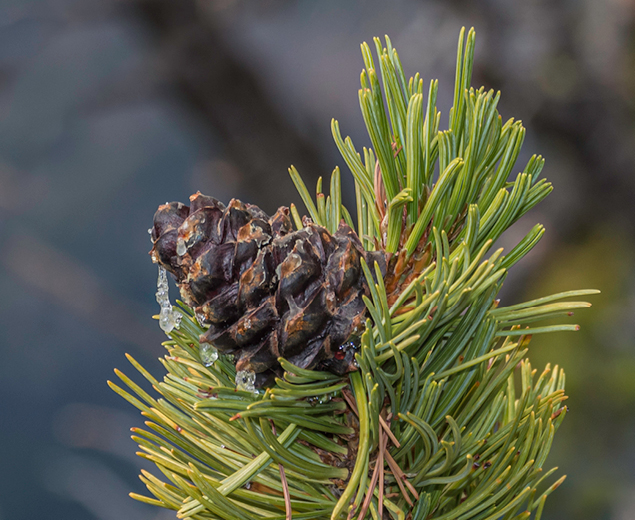
Whitebark pine — a small to medium-sized, slow-growing, long-lived tree
- Ask your local pros
- Of course, the list above is a very small sampling of your tree and shrub options. We spoke with Angie Miller Chamaa, program coordinator at the British Columbia Landscape and Nursery Association about where to get the best planting advice. Their organization actively promotes safe planting and digging practices.
- Angie says your local landscapers and nurseries are a great resource—they’ll be knowledgeable about which trees will grow best in your area, and how big each one will get when they reach full maturity. But to get the best recommendations from them, she says you’ll need to tell them:
- Why you want a tree: For example, do you want privacy? Year-round colour? Do you want an evergreen, or something that grows flowers or fruit?
- Sunlight exposure: How much daily light does the area get?
- Soil conditions: Is the soil well-draining or consistently wet?
- Maintenance level: How much are you willing to prune, water and fertilize the tree?
- “When you go to a nursery, bring photos of the spot you want to plant the tree, along with measurements of how much space there is for it to grow into,” Angie says. “Thoughtful planting and choosing the right tree or shrub for the right location helps reduce the need for future pruning or plant removal. It also protects underground equipment and allows plants to thrive by making sure they have the space, sunlight, and resources they need to grow properly.”
- Angie also recommends the following resources:
- Metro Vancouver tree guide – you can filter by size, environmental tolerances and location type (overhead utilities, near roadways, etc.).
- Tree Canada: How to plant a tree - this guide covers pre-planting logistics, planting steps and tree maintenance.

